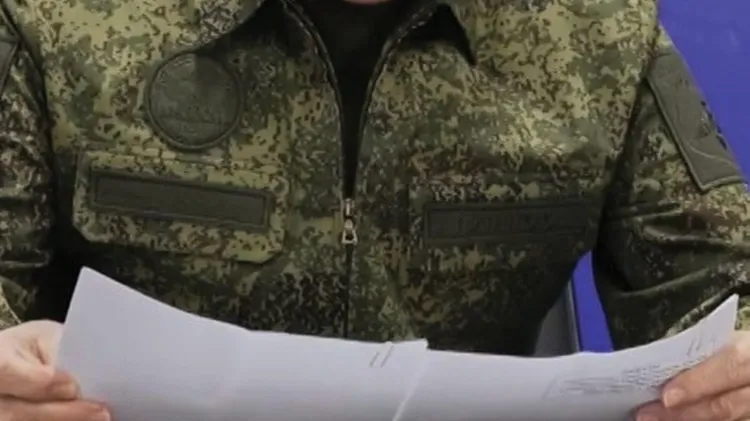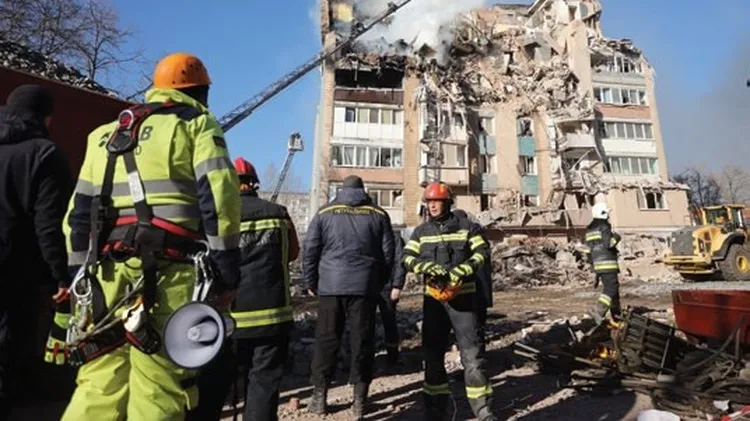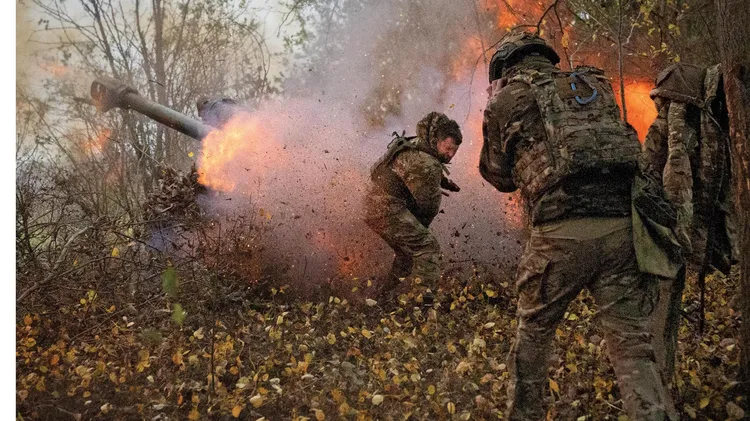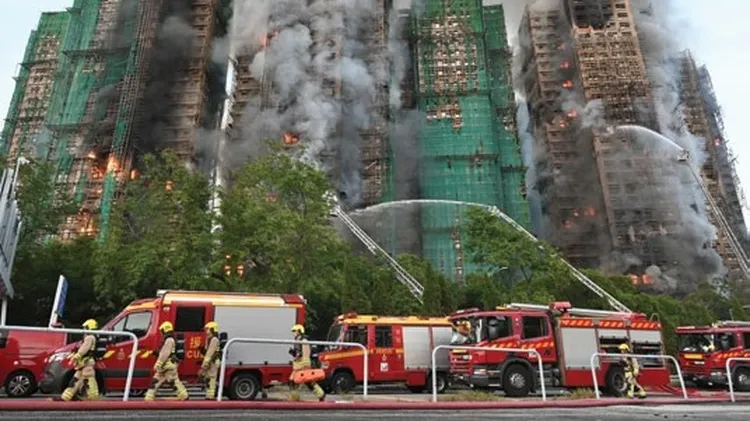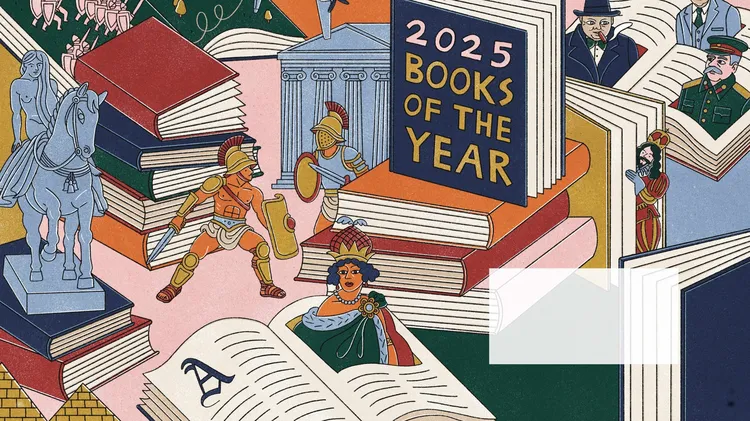The graffiti left behind by Russian soldiers sends a sober message abo
The writing on the wall
2 min read
This article is from...
Read this article and 8000+ more magazines and newspapers on Readly

